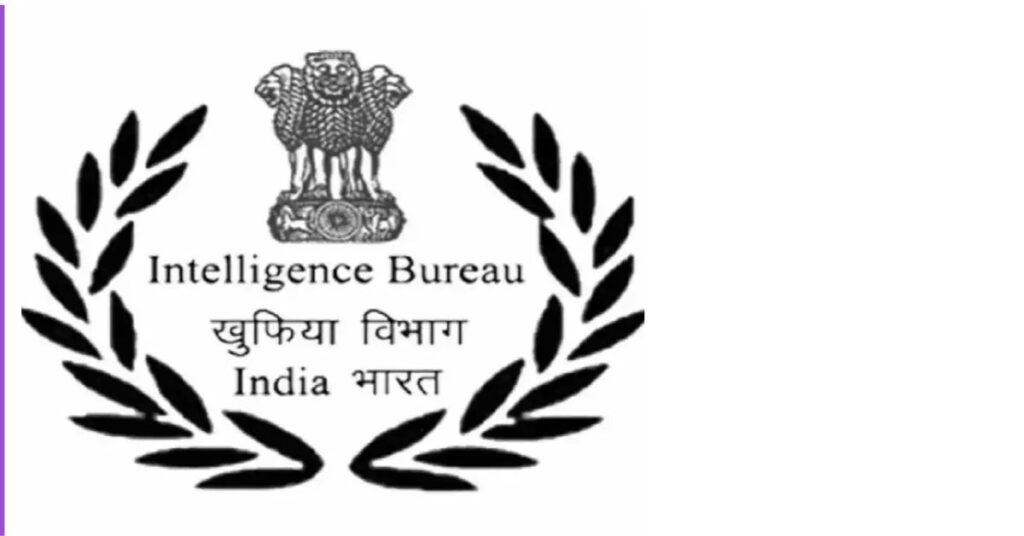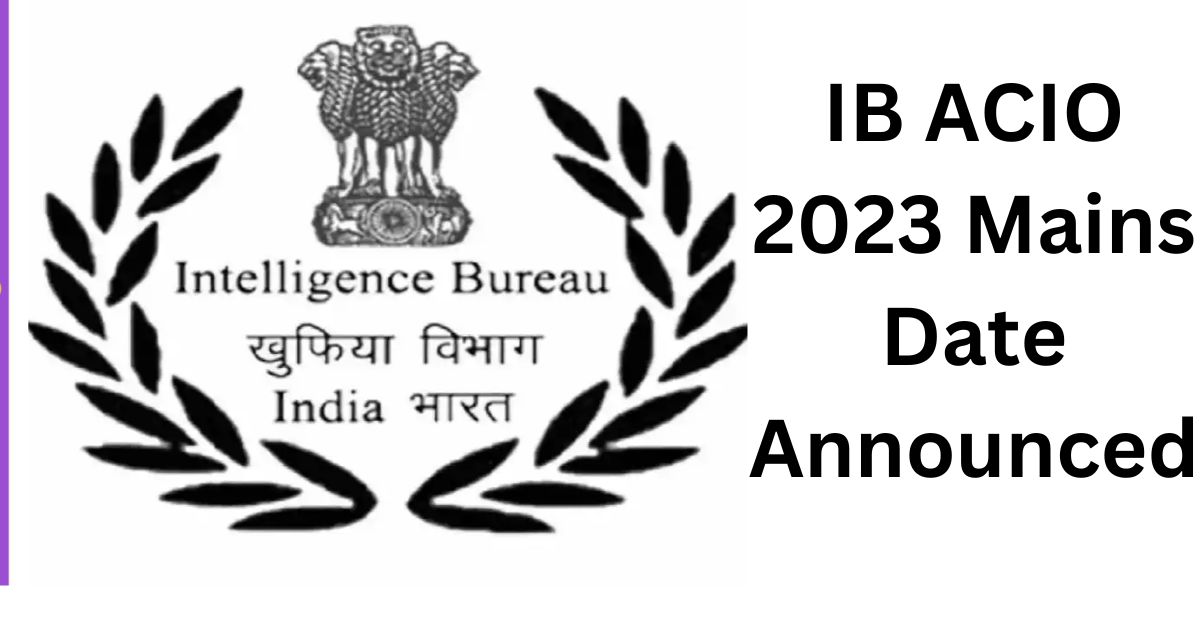IB ACIO 2023 Mains Date Announcement is what students wait for a long time. The prelims exam will be conducted in February 2024. Since then, the result of the exam has been announced. The Intelligence Bureau has released a list in which the roll number of students who clear the prelims exam is listed. The cut-off of the exam is very low due to the tough paper. Intelligence Beuro is India’s leading agency for internal issue intelligence gathering. In India, RAW is an agency which covers all intelligence input from other countries. The agency is directly operated under the Ministry of Foreign Affairs and Ministry of Defence.
Table of Contents
Read More – UPSC CAPF ACs Recruitment 506 Post Apply Now
The role of the agency is different if something is related to terror activity then the National Investigation Agency works on it. It is directly under control of National Security Agency and it will cooperated with state police too. The NIA is formed after the 26/11 terror attack in Mumbai. The main works is to have an eye on all the suspected activity related to terror. The government have last recruited candidates for the intelligence bureau to do official confidential data work and ground operations for collecting information. The main work of IB is to provides intelligence input to keep the country from anarchy.

IB ACIO 2023 Mains Date -Important Date
- Starting of online application form – 25 November 2023
- Last date of online application form – 15 December 2023
- Online IB ACIO 2023 tier 1 exam date – 15 Feb 2024
- IB ACIO 2023 mains/ Written Exam Date – To be announced yet
- IB ACIO 2023 Interview Date – To be announced yet
IB ACIO 2023 Mains / Written Exam Syllabus –
| Subject | Marks |
| Essay Writing (1 hour) | 30 |
| English Comprehension & Précis Writing | 20 |
| Total | 50 |
| Chapter | Subsections |
|---|---|
| Internal Security | 1.1 Internal and External Security 1.2 Major and Minor Challenges to Internal Security 1.3 Factors Responsible for Internal Security 1.4 Internal and External Security Doctrine |
| Terrorism—Role of External State | 2.1 Classification of Terrorism 2.2 Categorisation of Terrorism in India 2.3 Growth of Hinterland Terrorism 2.4 Attempts to Revive Khalistan Movement 2.5 Reasons for Spread of Terrorism 2.6 Analysing the Level of Preparedness Against Terrorism 2.7 What is the Difference Between Terrorism, Insurgency and Naxalism? |
| Jammu and Kashmir Militancy | 3.1 Historical Background 3.2 Kashmir Militancy—Low-Intensity War or Proxy War by ISI and China Intelligence Agency 3.3 Pulwama -A Paradigm Shift in Strategy Against Terrorism 3.4 Government of India’s Development-Oriented Programmes in Kashmir |
| Insurgency in the North-East | 4.1 Historical Background of the North-East States 4.2 State-Wise timeline 4.3 Factors Responsible for Insurgency in the North-East 4.4 Government’s Response to North-East Extremism 4.5 Act East Policy or Look East Policy 4.6 North-East Insurgents and their Foreign Links 4.7 Counter-Terrorism—Steps Being Taken |
| Left-Wing Extremism | 5.1 What is Left-Wing Extremism 5.2 Evolution of Naxalism in India 5.3 Party Structure or Beuro 5.4 Objectives and Modus Operandi of the Naxalites 5.5 Links with Other Terrorist Organisations and Foreign Countries 5.6 Naxalites are not the Messiahs of the Downtrodden 5.7 Factors Responsible for the Rise of Naxalism 5.8 Fight Against Naxalism 5.9 The Way Forward |
| Linkages between Development and Spread of Extremism | 6.1 Major Components of Development 6.2 Factors Responsible for Spread of Extremism 6.3 Positive Impact of Socio-Economic Development on Reducing Extremism 6.4 Constitutional and Legal Safeguards for Tribal Population |
| Linkages Between Development and Spread of Extremism | 7.1 Secularism—Indian Context 7.2 Historical Background< 7.3 Factors Responsible for Communal Riots 7.4 The Way Forward |
| Organised Crime | 8.1 What is the Meaning of ‘Organised Crime’? 8.2 What is Transnational Organised Crime? 8.3 The Future of the Link Between Terrorism and Organised Crime 8.4 UN Convention Against Transnational Organised Crime 8.5 Money Laundering 8.6 Black Money |
| Chapter 9: Cyber Security and Role of Social Media | 9.1 What is Cyber Security? 9.2 Cyber Threats 9.3 Snowden Revelations 9.4 Threat to India’s Cyber Space 9.5 Steps Taken by the Government of India 9.6 Legal Framework 9.7 International Cooperation in Cyber Security |
| Security Challenges in Border Areas | 11.1 Central Armed Police Forces (CAPFs) 11.2 Central Paramilitary Forces (CPMFs) 11.3 Security Agencies and Their Mandates 11.4 Probable Questions Based on this Chapter |
| Security Forces and their Mandate | 11.1 Central Armed Police Forces (CAPFs) 11.2 Central Paramilitary Forces (CPMFs) 11.3 Security Agencies and their Mandates 11.4 Probable Questions Based on this Chapter |
| Disaster Management | 12.1 Definition of Disaster 12.2 Types of Disasters 12.3 Phases of Disaster Management 12.4 Disaster Response in India 12.5 Institutional Framework 12.6 National Disaster Management Plan |
| The Armed Forces (Special Powers) Act, 1958 Act 28 of 1958, September 11, 1958 | The Act |
| Maharashtra Control of Organised Crime Act, 1999 (Maharashtra Act No. 30 of 1999) The Act | The Act |
| National Investigation Agency Act, 2008 | The Act |
Thank you!
